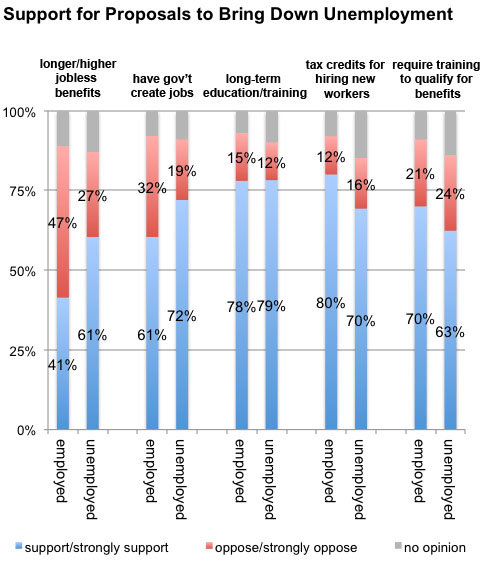
FLOYD NORRIS
Notions on high and low finance.
Manufacturing jobs fell in May for the third-consecutive month, the Labor Department reports. But the numbers are small — 8,000 in May and a total of 21,000 for the three months.
Such small changes — there are nearly 12 million manufacturing jobs in the economy — are well within the margin of error of the survey. The growth in manufacturing since the bottom of the cycle may be stalling, but it has not reversed.
On an annual basis, the Labor Department says that there are 41,000 more manufacturing jobs than there were a year ago. May is the 32nd consecutive month in which manufacturing employment was up on a year-over-year basis. The last time there was a streak that long, Jimmy Carter was the president, and it lasted for 46 months, through November 1979.
Another cautiously positive sign on employment is that the Institute for Supply Management survey of manufacturers continues to indicate that more companies are increasing employment than are reducing it. The May I.S.M. numbers provided a jolt last week because the overall index came in at 49, indicating that a plurality of companies said business dipped in May. But that same survey showed employment rising — as it has done for 44 consecutive months, ever since October 2009. The Labor Department figures hit bottom a few months later.
The I.S.M. survey, which goes back to 1948, has never shown employment expanding for so many consecutive months. The longest string before now was 36 months, ending in December 1966.
The economy has added 507,000 manufacturing jobs since February 2010. Why don’t we feel better? That gain has been more than offset by the performance of the weakest sector in the economy — government. Over the same period, state and local governments have cut employment by 499,000, and the federal government has shed another 123,000.
Article source: http://economix.blogs.nytimes.com/2013/06/07/manufacturing-still-looks-o-k/?partner=rss&emc=rss


